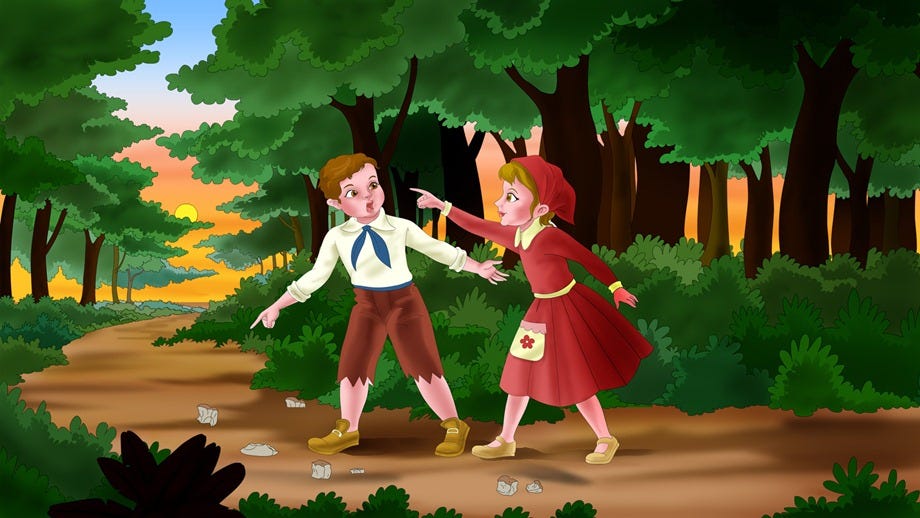I am working my way through your research portfolios and will be getting you some feedback as soon as I can. While you’re waiting for that, please review the unit 3 assignment sheet and get started on the week’s readings, a couple of texts on building healthy cultures within an organization that look rather different from the essays/articles we’ve been reading.
Our focus is on genre this week and next. To refresh, “genre” refers to the sort of reasonable responses we make to recurring writing situation–need to reach out to a prospective client? a formal business letter can be a good way to initiate contact. Need to show what you know to a teacher on an exam? a 5-paragraph essay might get the job done. Need to impress a potential employer? An organized, clean, easy-to-read resume is a good plan. Have to make a sales pitch? A snazzy Prezi might be just the thing. Genres take shape because we find them to be helpful, audience-centered ways to accomplish a particular kind of communication task. The demands of the writing situation dictate the sort of genres that might be appropriate. As you move toward presenting your research, it’s time to explore possible genres for that work.
For this week’s discussion, please respond to both of the questions below. Categorize your posts as “Discussions/Homework,” and tag them with “weekof8/9,” “unit3,” “genre,” and [your name].
- Notice the practical focus of both of this week’s readings (these aren’t just about sharing information for curiosity’s sake but rather about rendering it usable for a particular audience and purpose). Select one of this week’s readings to focus on, and examine how the authors do that–how do they process what they’ve learned to make it actionable for a reader? what readers? what writing/rhetorical strategies do you see them employing to make this information usable for their readers? Be specific and analytical–why do you think they go about it in this way? How effective do you think it is for that particular audience?
- It’s time to start imagining the possibilities for your own research writing in Unit 3–given what you want to discuss, for what purpose, and to whom, what are some of the options for you? What kinds of texts would this sort of reader be likely to engage with? where/when/on what platform do you see them getting this info? what kinds of expectations would your readers have about
- level of detail
- writing style
- length of text
- time spent reading
- citation method
- types of evidence/sources
Your response work might carry over a little into next week–you can either respond to their answers to #2 above, or read through a couple of your classmates’ project proposals after they’re due on Sunday, 8/15. Either way, please comment on at least 3 of them. Try to offer up your suggestions for what forms their work might take, given the parameters they’ve outlined.

